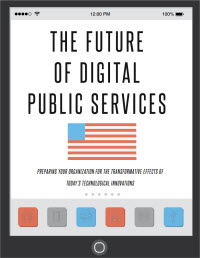Elections and the Need for Pega Technology

By now, you are all aware of the impending elections both in the UK in 2015 and in 2016 in the USA. While this blog focuses on the impacts and opportunity for the UK they are also applicable across global jurisdictions.
In the UK there is usually a slow-down of business with solution providers leading up to and during the during the purdah period (the period of time from when an election is announced until after the election is held and also known as the pre-election period which is not pre-set but is usually three weeks) due to the lack of certainty around change initiatives. While political party manifestos set out the broad shape of the intended programme of change planned, how this lands after an election can be significantly different.
As readers in the UK will be aware, over the last decade or so there has been a centralisation of party policies to the point where, according to some wags, it is difficult to tell the difference between them. This may be true at a macro level, but there are always differences at an implementation level and in the priority assigned to each policy change. There will, therefore, be changes in policy after elections and this presents an opportunity for Pega.
While true at all time, the changes in policy and their implementation on legacy estates within tight deadlines is particularly prevalent post-election. Typically new political regimes will want to make an immediate impact and therefore policies will be changed on things like levels and types of citizen welfare benefit, tax levied, or service provided. While many of these changes can be enacted via parameter driven table changes there are probably an equal number that cannot and will require changes to hard-coded scripts and all of the associated waterfall development lifecycle activities. I have a vivid memory of a change to Corporation Tax not being able to be implemented for 18 months due to the archaic and fragile nature of the legacy solution and the processes required to implement the change.
Public Sector legacy estates have a number of positive and negative attributes but the three negatives that typically give CIOs the most concern are: 1) fragility of the existing code set that may be undocumented and lack experienced qualified resource to make changes (they may all have died!); 2) extent of the policy change and whether this can be accommodated without impacting the viable operation of the existing system; 3) cost and capacity to change given the existing solution and its complexity.
Agile is not an expression that can be applied to many Public Sector IT estates or, indeed, their change processes!
While it would be great to win a legacy replacement programme we must also recognise that these opportunities are often few and far between. Don’t lose hope there, though, as incremental change to accommodate the political change imperatives can be the solution. The integration capabilities of Pega applications can allow for a non-invasive augmentation of the existing legacy system to support the change. A Pega application outside of the legacy application which also orchestrates the inter-system processes can be the answer. Call it a sliver outside of an existing solution and this can be the inaugural step in a wrap and replace programme.
 |
The Future of Digital Public Services |
Leave a Comment
You must be logged in to post a comment.







